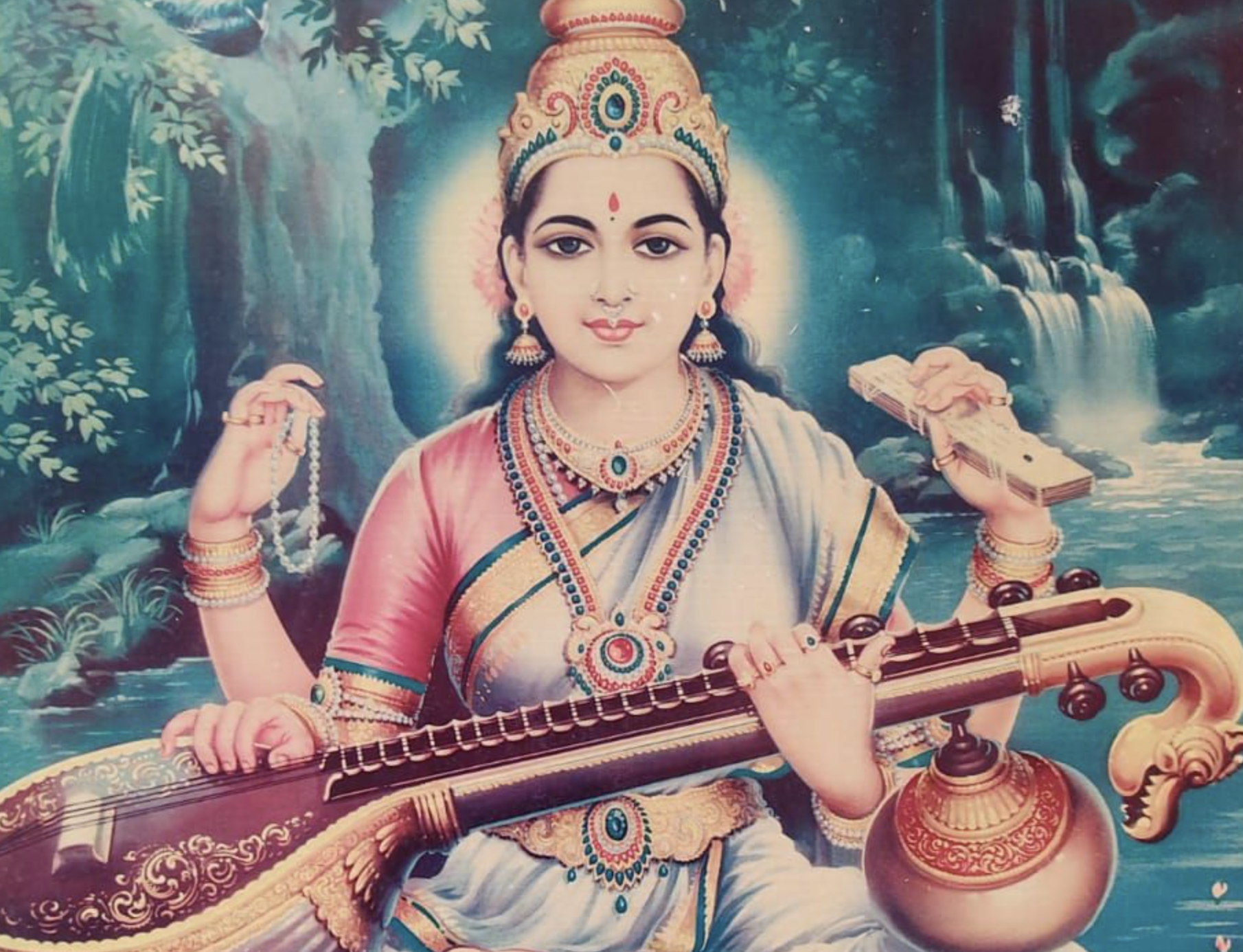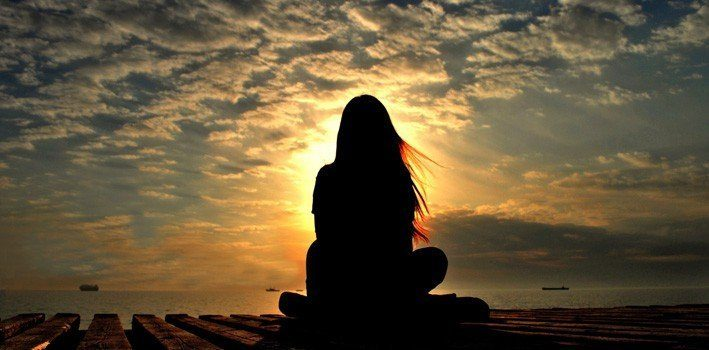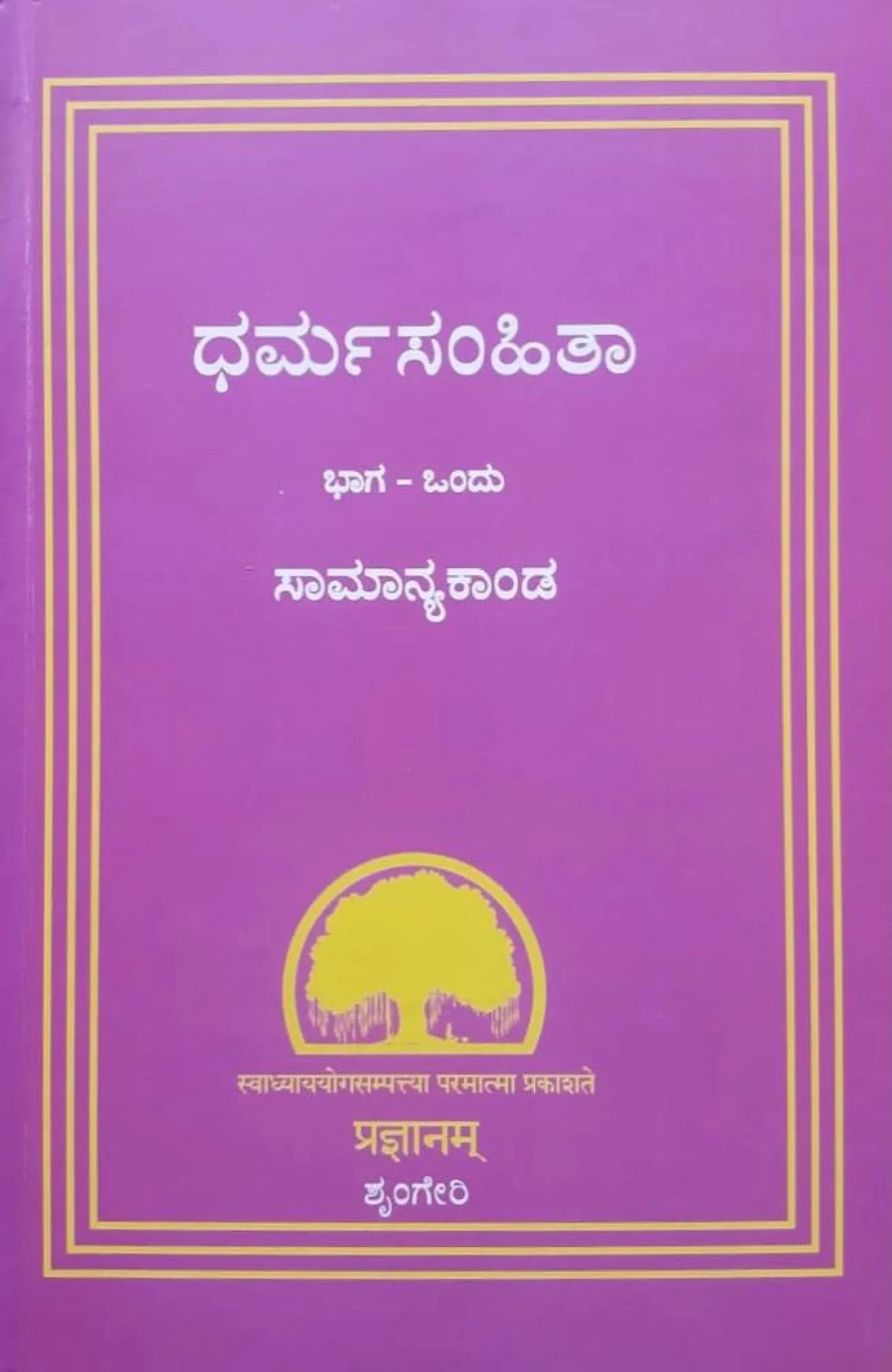Ashwayuja Masa Mahatmya
Ashwayuja Mahatmya
The month of Ashwayuja is also called Ashvina Masa or Nabhasya Masa. The major Vrata in this month is the Navratri Vrat. This festival begins on the shukla prathama stretching to the shukla navami, ending on the shukla dashami also known as Vijaya-Dashami or Dussehra.
The festival of Navaratri is beyond all caste creed and race barriers. It is celebrated across India in various manners, depending on one’s cultural, geographical and philosophical backgrounds. The celebration ranges from simple home pujas to magnanimous marquees setup with brilliant banners and colossal idols, some prefer to worship the goddess on specific days of the Navaratri like Lalitha-Panchami or the last three days (Saraswati puja on saptami, Lakshmi puja on ashtami and Durga puja on Navami).
The methods of worship too range from the Parayana of texts like Durga-Saptashati, Devi-Mahatmyam or Lalita-Sahasranamam or simple panchopachara pooja. Some temples organize Chandi Homas.
As we all know that Navaratri is special for the worship of the divine Mother, it is also special for the worship of Rama.
The 10th day of Navaratri or the Shukla Dashami is believed to be the day Durga Ma successfully won the battle with the demon Mahishasura. People who celebrate this day to be Durga Ma’s victory call it Vijaya-Dashami.
It is also the day when Lord Rama won over the demon king Ravana. People who celebrate this day to be Rama’s victory call it Dussehra.
Each day of the Navaratri is dedicated to one form of the Mother goddess.
Here are the nine goddesses as mentioned in Markandeya purana - प्रथमं शैलपुत्री च द्वितीयं ब्रह्मचारिणी ।
तृतीयं चन्द्रघण्टेति कूष्माण्डेति चतुर्थकम् ॥
पच्चमं स्कन्दमातेति षष्ठं कात्यायनीति च ।
सप्तमं कालरात्रीति महागौरीति चाष्टमम् ॥
नवमं सिद्धिदात्री च नवदुर्गाः प्रकीर्तिताः ।
If one is not able to celebrate the entire Navartari (the period of all 10 days including Vijaya-Dashami) one can do a 7 day worship beginning on the tritiya, or a 5 day worship beginning on the Panchami or a 3 day worship starting from Saptami.
Also, if one misses doing Shraddha on Mahalaya paksha, Ashwayuja masa’s Srishna ekadashi is a good date to do Shraddha.
Other Vratas
Lalita panchami
The fifth day as part of the Navarati in shuklapaksha, in the month of aswayuja marks the day when goddess Lalitha defeats the demon Bhanda. Lalita devi is worshiped with glory on this day.
Kumari pujanam
The process of revering girl children as the mother goddess from the age of 2 to 10. Girls between this agegroup are invited to homes to receive gifts of scents, flowers, fruits and ornaments. The age of the girl also determines the energy of the respective mother goddess she embodies. Kanya puja also includes feeding a girl between this age a traditional meal as part of the offering.
(1) - Sandhya
2 - Kumari, Saraswati
3 - Trimurti
4 - Kalyaani, Kalika
5 - Rohini, Subhagaa
6 - Kali, Uma
7 - Chandika, Malini
8 - Shambhavi, Kubjika
9 - Durga, Kalasamvarsha
10 - Bhadra, Aparajita
Valmiki jayanti - Ashvayuja Poornima
The festival of Valmiki Jayanti is observed as the birth anniversary of Maharishi Valmiki, who wrote the great epic Ramayana
Deepavali
There are many things associated with Deepavali but the very less known aspect of deepavali is that the whole celebration is centered around "Apamrutyu nivarana", that is to avoid untimely death. By doing that we get "Abhaya" to celebrate life itself. Hence the festivity part of the philosophy comes into action.
Dhanurtrayodashi (Dhanteras) - Ashvayuja Krishna Trayodashi
Dhanurtrayodashi is the first day that marks the beginning three day festival of Deepawali. Danavantri, the imparter of Ayurveda is also worshipped on this day. On this day goddess Lakshmi is also worshipped as this is the day she emerged out of samudra manthana.
Most importantly. this day two lamps must be lit the front of the house as a "Bali" to Yama, to protect the family from "Apa-mrutyu" - untimely death.
On triyodashi, "Jala" is also worshipped, all the vessels in which water is kept in the house is cleaned and pots are decorated and sanctified water is prepared for the ritual bath that will be taken on Chaturdashi.
Naraka chaturdashi - Ashvayuja Krishna Chaturdashi
Narakachaturdashi is the second day of the three day festival of Deepawali. On this day lord Krishna killed Naraka-Asura with this sudarshana chakra.
On this day a sacred bath is had in the early morning after doing "Abhyanga", applying oil. This is done because, there is lakshmi is the oil and ganga in water. The two together protect and purify a person. The fruit of this is also mentioned as being rid of the fear of death.
तैले लक्ष्मीर्जले गंगा दीपावल्याश्चतुर्दशीम् ।।
प्रातःस्नानं हि यः कुर्याद्यमलोकं न पश्यति ।। ३२ ।।
This is also the day when Bali chakravarthy was defeated by Vamana Avatara. It is said that the entire universe celebrated this with the joy of lighting lamps.
On this day, there is the practice of showing way to the pitrus by holding torches ( long sticks with fire on the tip). "All those ancestors who have been offered their last rites through the fire of my lineage may you receive more light from these torches" - this is the sankalpa.
Deepavali - Amavasya
Deepavali occurs on an Amavasya. This is the day when lord Rama returned to Ayodhya after a 14 year long exile. This day is celebrated by lighting up one’s surroundings with lamps and lights.
This is also the day to perform Lakshmi pooja for daridrya nivarana.
Bhagini Dvitiya ( It falls in Karthika masa)
This festival, is very close to Deepavali celebrations, so mentioning it here too. This is a festival where brothers visit their sisters and have food at the sisters place.
The sister ( elder or younger) blesses the "kula" of the house she is born in. She prays for the long life of the brother and requests for the gods to bless the house she is born in.
Brothers bring fruits and gifts to the sister.
There are many more things that can be detailed about these festivals as the whole country celebrates these festivals with great devotion and intricacies of traditions and cultural practices, like in west-bengal, clay idols of Devi is made and pooja is offered to that murthi etc. May be in the coming days, I might add more details to this article. But first cut this is a good start to understand "Ashiva-krutyas" - things to do in Ashvina masa
References
Bhagini Dvitiya
ततः सोदरसंपन्ना भगिनी या भवेन्मुने ।।
तस्या गृहं समागत्य सम्यग्भक्त्याऽभिवादयेत् ।। १४ ।।
भगिनि सुभगे भद्रे त्वदंघ्रिसरसीरुहम् ।।
श्रेयसेऽथ नमस्कर्तुमागतोऽस्मि तवालयम् ।। १९ ।।
इत्युक्त्वा भगिनीं तां तु विष्णुबुद्ध्याऽभिवादयेत् ।।
तदा तु भगिनी श्रुत्वा भ्रातुर्वचनमुत्तमम् ।। १६ ।।
भगिन्या भ्रातरं वाक्यं वक्तव्यं प्रति नारद ।।
अद्य भ्रातरहं जाता त्वत्तो धन्याऽस्मि मंगला ।। १७ ।।
भोक्तव्यं तेऽद्य मद्गेहे स्वायुषे कुलदीपक ।।
Trayodashi - yama bali
।। यम उवाच ।।
आश्विनस्याऽसिते पक्षे त्रयोदश्यां निशामुखे ।।
प्रतिवर्षं तु यो दद्याद्गृहद्वारे सुदीपकम् ।। २३ ।।
मन्त्रेणाऽनेन भो दूताः समानेयः स नोत्सवे ।।
प्राप्तेऽपमृत्यावपि च शासनं क्रियतां मम ।। २४ ।।
मृत्युना पाशदंडाभ्यां कालेन च मया सह ।।
त्रयोदश्यां दीपदानात्सूर्यजः प्रीयतामिति ।। २५ ।।
मन्त्रेणानेन यो दीपं द्वारदेशे प्रयच्छति ।।
उत्सवे चाऽपमृत्योश्च भयं तस्य न जायते ।। २६ ।।
Chaturdashi - Snaana
पूर्वविद्धचतुर्दश्यामाश्विनस्य सितेतरे ।।
पक्षे प्रत्यूषसमये स्नानं कुर्यात्प्रयत्नतः ।। २७ ।।
अरुणोदयतोऽन्यत्र रिक्तायां स्नाति यो नरः ।।
तस्याऽब्दिकभवो धर्मो नश्यत्येव न संशयः ।। २८ ।।
तथा कृष्णचतुर्दश्यामाश्विनेऽर्कोदये सुराः ।।
यामिन्याः पश्चिमे यामे तैलाभ्यंगो विशिष्यते ।। २९ ।।
यदा चतुर्दशी न स्याद्द्विदिने चेद्विधूदये ।।
दिनद्वये भवेच्चाऽपि तदा पूर्वैव गृह्यते ।। 2.4.9.३० ।।
बलात्काराद्धठाद्वाऽपि शिष्टत्वान्न करोति चेत् ।।
तैलाभ्यंगं चतुर्दश्यां रौरवं नरकं व्रजेत् ।।३१।।
तैले लक्ष्मीर्जले गंगा दीपावल्याश्चतुर्दशीम् ।।
प्रातःस्नानं हि यः कुर्याद्यमलोकं न पश्यति ।। ३२ ।।









